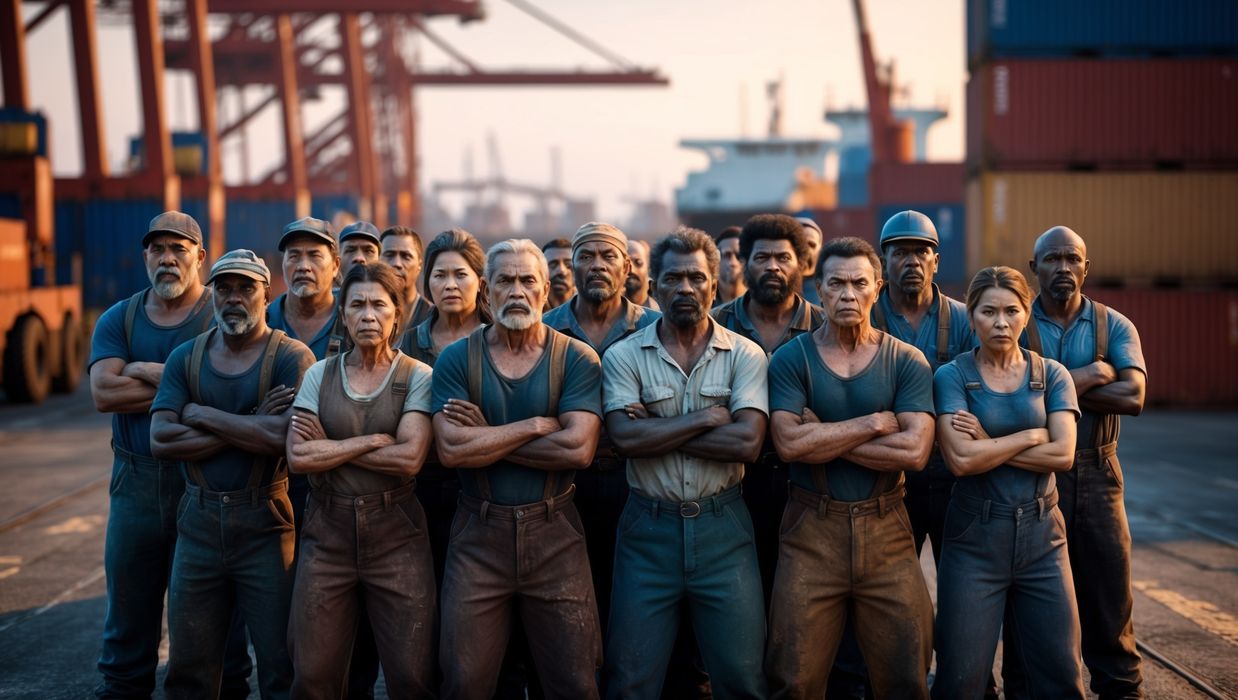
Recent events are slowly pushing manufacturers towards increased 3D printing.
I read an interesting advert from 3DQue this week. The company produces software to manage large 3D print farms, typically used for low-medium volume manufacturing.
They wrote:
“The port strike may be over, but its ripple effects continue to disrupt supply chains. 3DQue’s new Supply Chain Resilience Toolkit empowers 3D print farms to seize this moment:
Rapidly promote services to address immediate disruptions
Position as strategic long-term partners against future vulnerabilities
Leverage marketing templates for swift, effective campaigns
Paired with 3DQue’s AutoFarm3D™ management solution, these print farms are poised to become the backbone of local, sustainable manufacturing.”
This phenomenon was first encountered during the pandemic, when many supply chains broke down. Due to the unavailability of parts, some manufacturers opted to set up their own manufacturing lines, sometimes using 3D printing. 3D print technology allows for low-medium volume production of parts on demand, usually without much lead time. This is quite different from mass manufacturing where millions of parts can be cheaply made, but at the cost of lead time and setup cost.
Some of the new manufacturing is still in force after the pandemic, and manufacturers generally became more aware of the potential of 3D print technology.
The note from 3DQue suggests that this is still happening — not from a pandemic, but from general supply chain disruptions.
In this case it’s port workers on strike. While the workers seek better conditions, outages of this type give manufacturers a nudge towards alternative solutions, including 3D printing. Events like strikes will very gradually increase the use of local manufacturing options, and ultimately decrease the use of ports for those applications.
At the very least strikes will cause manufacturers to consider alternatives, even if they don’t take them up. However, over time the technology for low-volume manufacturing with 3D printing will continue to progress, and future strikes will have manufacturers looking at even more powerful manufacturing solutions.
The rate of switching to 3D print solutions could actually increase because of this; strikes are essentially free advertising for 3D print solutions, and that’s something the workers might not be aware of.
Via 3DQue
